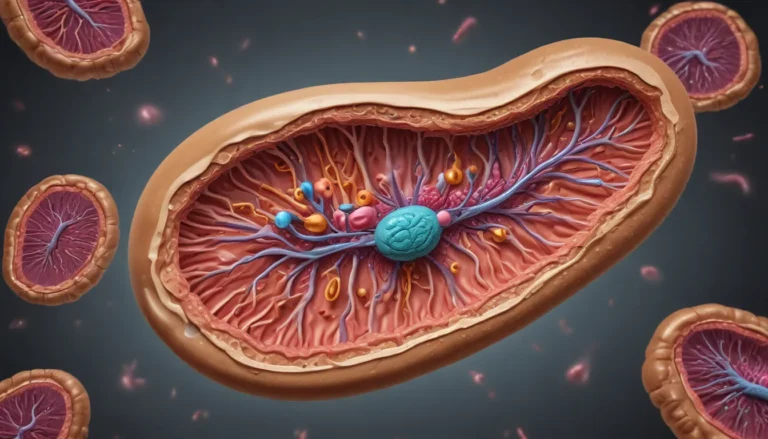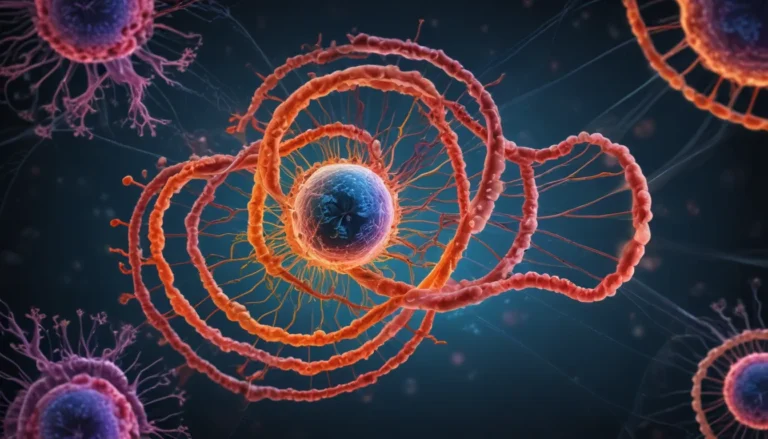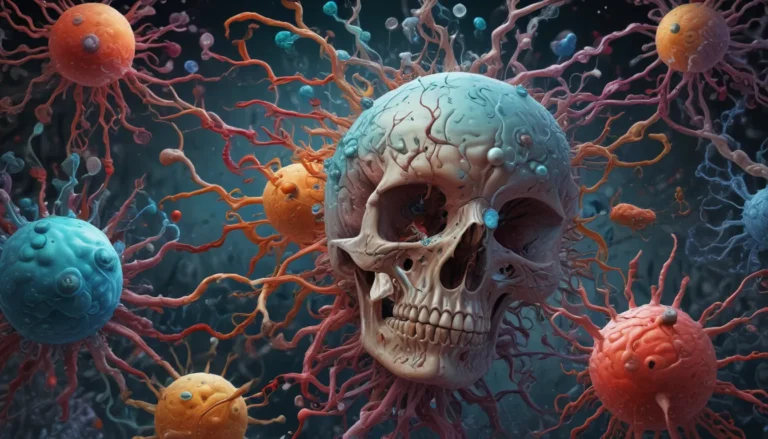A Note About Images: The images used in our articles are for illustration purposes only and may not exactly match the content. They are meant to engage readers, but the text should be relied upon for accurate information.
Teratogens play a vital role in prenatal development, potentially causing birth defects in embryos or fetuses. Understanding the impact of these harmful substances is crucial for ensuring the health and well-being of expectant mothers and their unborn babies. In this enlightening journey, we will delve into nine astounding facts about teratogens, exploring their types, effects, and sources. If you’re curious to learn more about the dangers of teratogens and how they influence prenatal development, buckle up for a fascinating ride!
Key Takeaways:
- Teratogens are substances that can harm a developing baby, potentially leading to birth defects. It is essential for expectant mothers to avoid exposure to these harmful agents and seek proper prenatal care.
- Exposure to teratogens at different stages of pregnancy can result in a wide range of birth defects, underscoring the importance of prevention through a healthy lifestyle and avoidance of harmful substances.
Teratogens: Unveiling Their Impact on Birth Defects
Teratogens encompass environmental agents that can disrupt the normal development of an embryo or fetus, resulting in abnormalities or malformations. These substances range from chemicals and drugs to infections and maternal behaviors, with their effects dependent on factors such as timing, duration, and dosage of exposure.
The Timing Matters: Effects of Teratogens During Pregnancy
The impact of teratogens can vary based on when exposure occurs during pregnancy. Certain substances may have a more pronounced effect during specific stages of development. For instance, alcohol exposure during the first trimester can lead to facial abnormalities and organ damage, while infections in the third trimester may cause developmental delays.
Unveiling Common Teratogens in Everyday Life
Everyday items can harbor teratogens that pose risks to fetal development. Alcohol consumption can result in fetal alcohol syndrome, impacting physical, behavioral, and cognitive aspects. Similarly, tobacco use can increase the likelihood of low birth weight and respiratory issues in newborns, underscoring the need for caution with certain medications.
Spectrum of Birth Defects Caused by Teratogens
Teratogens can induce a broad array of birth defects affecting various body systems, including the heart, brain, limbs, and sensory organs. These abnormalities may lead to lifelong disabilities or medical conditions requiring ongoing care and support.
Unveiling Thresholds of Exposure in Teratogens
Certain teratogens exhibit specific thresholds of exposure, meaning that the extent of damage correlates with the amount or duration of exposure. While high levels of radiation can result in severe defects, lower levels may have minimal or negligible effects on fetal development.
Individual Variability in Teratogenic Effects
The impact of teratogens can vary among individuals, influenced by factors such as genetic predisposition, maternal health, and prenatal care quality. Understanding this variability can aid in tailoring preventive measures and interventions.
Illuminating Everyday Sources of Teratogens
Teratogens lurk in commonplace substances, including cleaning products, pesticides, and cosmetics. Expectant mothers should exercise caution and take necessary steps to minimize exposure, safeguarding the health of their developing babies.
Detecting Teratogen-induced Defects Post-Birth
Some birth defects caused by teratogens may not manifest immediately and might only be detected after the baby is born. Regular prenatal check-ups and medical screenings play a crucial role in identifying and managing potential issues.
Embracing Prevention: Shielding Against Teratogenic Risks
Prevention is paramount in mitigating the impact of teratogens and preventing birth defects. Maintaining a healthy lifestyle, steering clear of harmful substances, adhering to medication guidelines, and seeking prenatal care are essential steps in safeguarding maternal and fetal health.
Facts Unveiled: Answers to Your FAQs
- Common teratogens: Alcohol, tobacco, certain medications, illicit drugs, and infections like rubella.
- Effects on fetal development: Teratogens disrupt normal fetal development by interfering with biological processes.
- Possibility of birth defects: Teratogens can indeed cause birth defects, stemming from exposure during pregnancy.
- Varied harm levels: Factors like type, dosage, and timing of exposure influence the extent of harm.
- Protecting unborn child: Avoid known teratogens, follow a healthy lifestyle, and heed healthcare provider advice.
- Preventative measures: While not foolproof, proactive efforts can reduce teratogenic risks significantly.
- Post-birth effects: Teratogens can impact postnatal development based on exposure severity.
- Genetic conditions vs. teratogens: Teratogens are external substances causing developmental abnormalities, distinct from genetic conditions.
- Seeking information: Healthcare providers, reputable sources, and pregnancy-focused organizations offer valuable information on teratogens.
Understanding teratogens unveils a gateway to the captivating realm of developmental biology. Gastrulation and fetal development beckon with intricate tales of human growth before birth. Genetic disorders, while complex, offer profound insights into the interplay between genes and health.
We’re dedicated to delivering credible and engaging content, ensuring each fact shared is a product of real user contributions. Trust our commitment to quality and authenticity as you immerse yourself in a world of knowledge and discovery. Your journey into the realm of teratogens and prenatal health begins here, guiding you towards informed choices and healthy pregnancies for the future generation.






